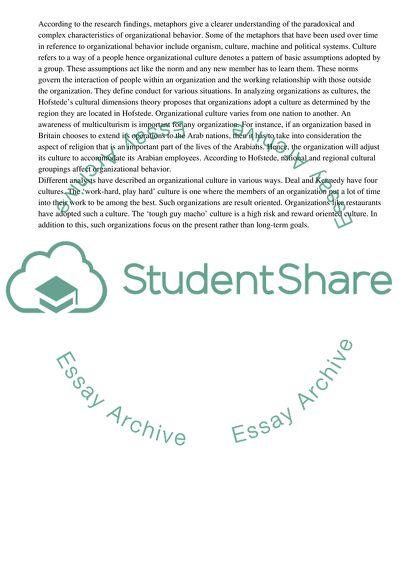Cite this document
(Managing Organizations in a Global Context Essay, n.d.)
Managing Organizations in a Global Context Essay. Retrieved from https://studentshare.org/business/1768563-have-look-to-managing-organizations-in-a-global-context-file
Managing Organizations in a Global Context Essay. Retrieved from https://studentshare.org/business/1768563-have-look-to-managing-organizations-in-a-global-context-file
(Managing Organizations in a Global Context Essay)
Managing Organizations in a Global Context Essay. https://studentshare.org/business/1768563-have-look-to-managing-organizations-in-a-global-context-file.
Managing Organizations in a Global Context Essay. https://studentshare.org/business/1768563-have-look-to-managing-organizations-in-a-global-context-file.
“Managing Organizations in a Global Context Essay”, n.d. https://studentshare.org/business/1768563-have-look-to-managing-organizations-in-a-global-context-file.


